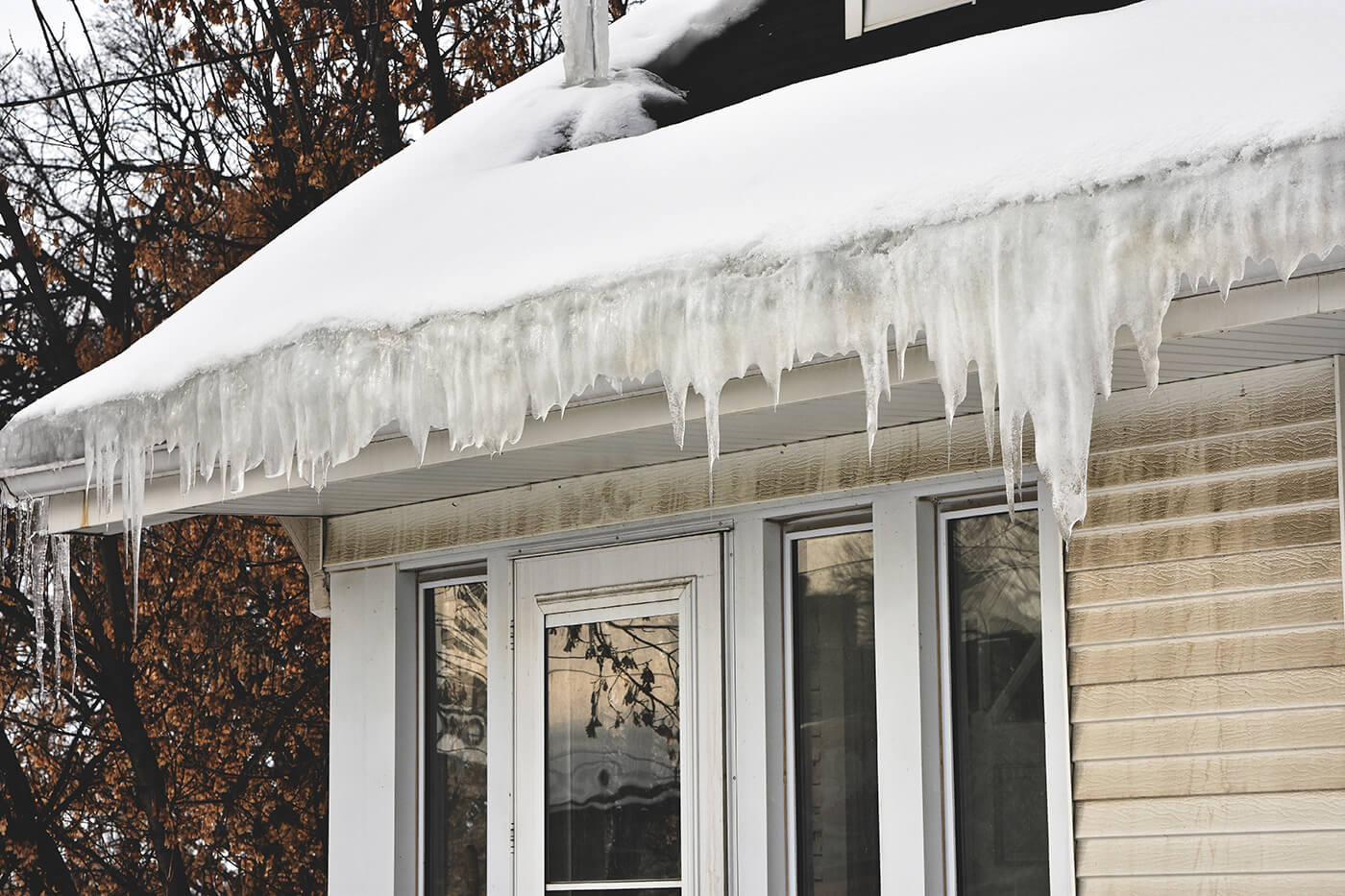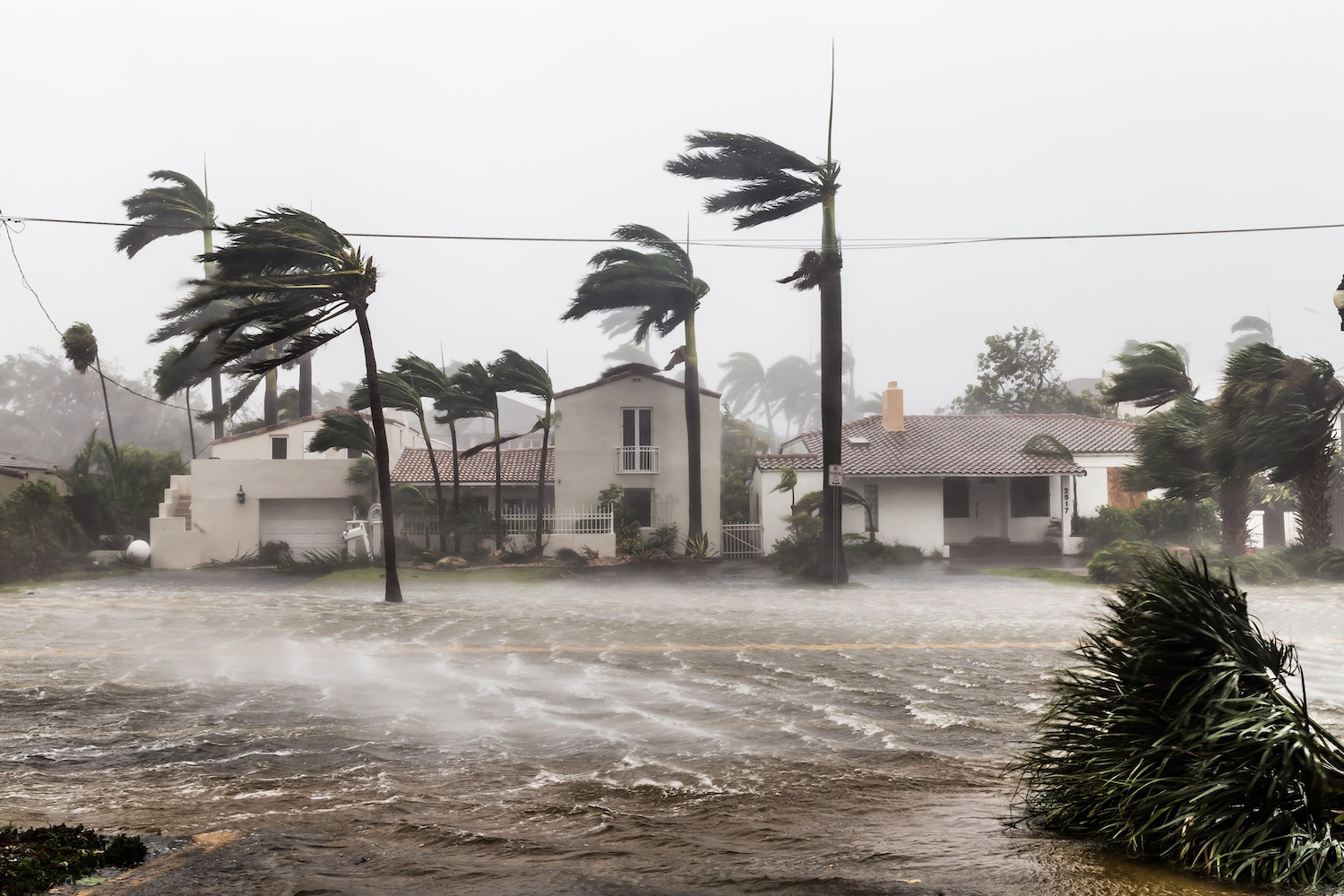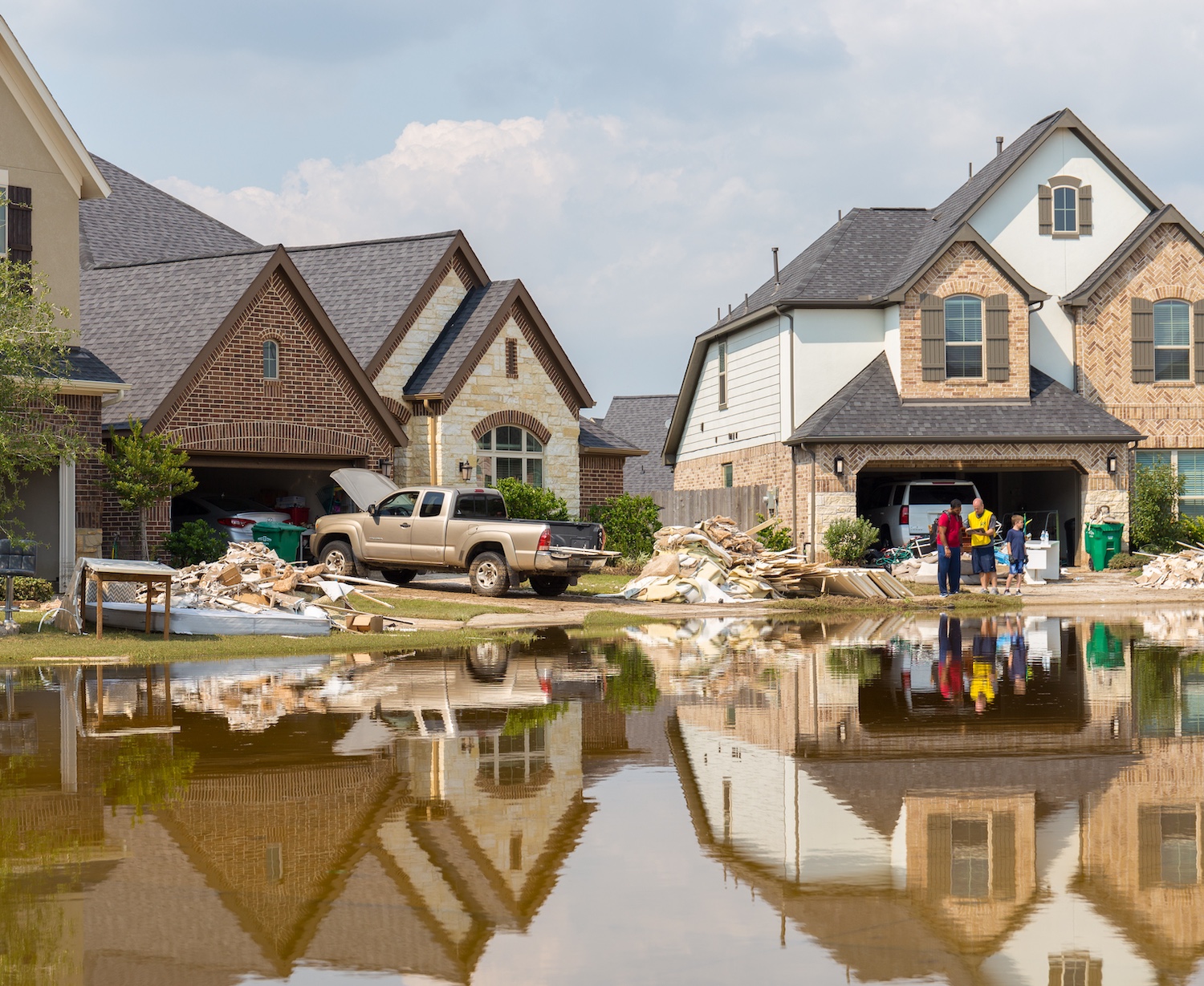Dealing with flooding or extensive water damage can be a nightmare. When facing this situation, you will almost always have to throw some things away. The good news is that you can salvage or restore many items in the home. Here’s what you can and can’t save after water damage and why it’s essential that you seek the services of a professional water damage restoration company immediately.
Take Immediate Action With Water Damage or Flooding
Whether you’re dealing with water damage due to a plumbing leak, burst pipe, sewage backup, or flood, it is important that you remove all of the water as soon as possible and quickly start to dry everything out. The longer the water remains, the more damage it will do and the less you will likely be able to save. Severe water damage can also potentially threaten the structural integrity of your home as it can cause all of the wooden studs in your walls to warp or rot.
The biggest reason you need to act quickly is to lessen the chances of a mold infestation. Mold grows extremely quickly and can start to form in as little as 48 hours. Once mold begins growing, it will then quickly spread and make the mold remediation process much more difficult and more time-consuming. If the mold problem is severe, you’ll also typically end up needing to throw away any affected furniture and other items.
By acting quickly, you can usually use fans to dry everything out before mold becomes a problem. Taking quick action also gives you a far better chance of saving and restoring more of your precious items. With that in mind, let’s look at the things that you typically can and can’t save after water damage.
Drywall, Flooring and Other Building Materials
If your basement floods or you have a leak where lots of water seeps into your walls or ceilings, you will almost always have to replace any drywall that got wet. Drywall has hard gypsum sandwiched between two thick sheets of paper. Gypsum is extremely absorbent and will soak up water like a sponge. Even a small amount of water will cause the drywall to develop ugly stains, but this is something you can easily fix by painting over the stains. However, if the drywall gets overly wet, it will completely lose its structural integrity and potentially cause the wall or ceiling to collapse. This is why you typically need to replace any affected drywall if the water damage was extensive.
Another reason that you typically need to replace some drywall after water damage is that it’s often necessary to cut some of it away in order to fully dry out the studs inside the wall. Once you cut the wall open, you’ll want to replace any insulation that got overly wet.
Flooring is something that you may or may not be able to save and restore depending on the specific type. If you have carpeted floors, you’re generally always best to tear it all out and replace it after flooding. The same is also true if you have any linoleum or composite flooring. Water will typically cause linoleum to peel away, and all of the water can also quickly soak into the flooring underlayment. If water soaks into composite flooring, it will cause it to become soft and pulpy and basically start to disintegrate.
Solid wood flooring is something you can often save as long as you remove the water quickly so that it doesn’t soak in too deeply. You’ll need to replace any boards that have started to warp, and then you’ll typically need to have the floor sanded and refinished.
Furniture and Textiles
Furniture is another thing you may or may not be able to save and restore, depending on the type of material and how much water soaked into it. The choice of whether or not to restore the furniture also depends on the value. You should just throw away any mattresses or upholstered furniture that gets overly soaked. You can sometimes save upholstered wooden furniture, but it’s usually only worth the cost if the piece is an expensive antique or a cherished heirloom.
If you do have any solid wooden furniture that got overly soaked and you want to restore it, it will usually require special drying techniques to ensure that the wood doesn’t warp. If the wood only soaked up a bit of water, you can usually save the piece just by drying it out with a fan. However, you will still typically need to have the wood sanded and refinished.
You will most likely need to throw out and replace any laminate furniture, such as cabinets, shelves, and coffee tables. This is because even a small amount of water will often cause the veneer to peel away and the particle board underneath it to begin crumbling.
Appliances
You can save some appliances, as long as the water doesn’t rise higher than a few inches. However, it is vital that any water-damaged appliances are immediately unplugged and not used again until a professional inspects them. This is because water can damage the sensitive motors of these appliances. As such, you will usually need to have some parts of the appliance repaired or replaced before the unit will work again.
Ovens, water heaters, washing machines, and clothes dryers are typically salvageable, as long as they weren’t completely flooded. You will typically need to replace refrigerators, freezers, and other appliances with internal insulation or inaccessible cavities if the flooding was extensive.
Electronics
Water and electronics obviously don’t mix well. Whenever water enters the internal circuits in any electronic device, they can quickly become damaged and start to corrode, causing the device to stop functioning. However, this doesn’t mean that all of your water-damaged electronics are unsalvageable. You can save some electronics by taking them to a special humidity-controlled place and drying them out to prevent corrosion. Depending on the type of device and how much water got into it, you may also be able to save it by having all of the water-damaged components replaced.
Photos and Documents
If you have any important photos or documents that got soaked, you can usually save them if you act fast. Any papers will need to be carefully separated and air dried quickly enough that mold doesn’t start growing on them. Once mold does start to form, you will have to throw all of the documents away. You can also save books, but this will require using absorbent inserts in between the pages to first soak up all of the water and then fully dry the book out. You can also often salvage water-damaged photos by using a special freeze-drying technique.
At Pur360, we specialize in water damage restoration and mold remediation. If you have to deal with water damage, our team will quickly get to work on removing the water and drying everything out. From there, we can determine the extent of the damage and help you decide which items are worth saving. We can also help with carpet removal and disposal, drywall removal and repair, painting and stain removal, and all of your other water damage restoration needs. If you’re dealing with any type of water damage or mold issues, contact us today to get the immediate help you need.



